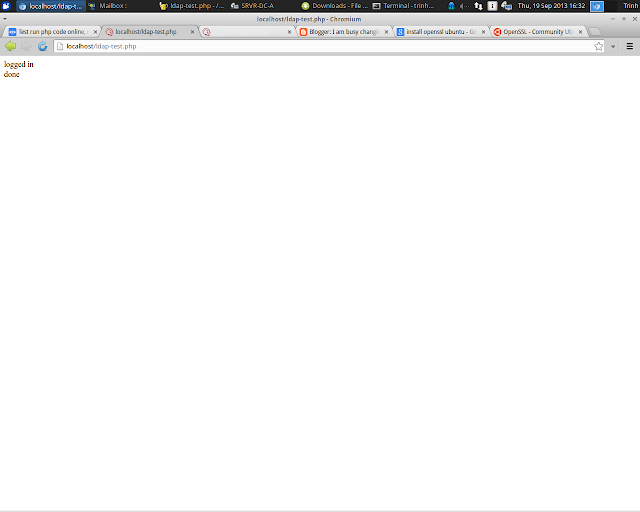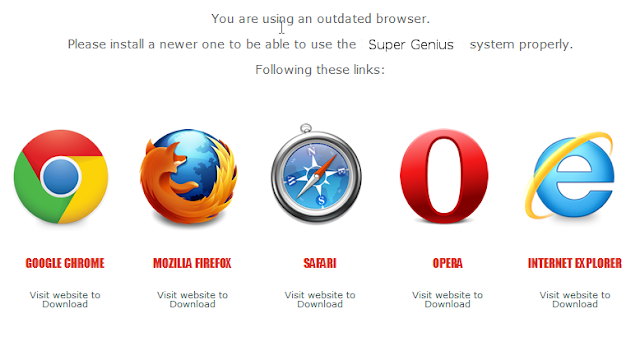Django - Migrating function-based generic date_based views
I used Django's generic date_based views in Django v1.1: urls.py: from django.conf.urls.defaults import * from django.contrib import admin admin.autodiscover() from coltrane.models import Entry entry_info_dict = { 'queryset': Entry.objects.all(), 'date_field': 'pub_date', } urlpatterns = patterns('', (r'^admin/', include(admin.site_urls)), (r'^search/$', 'cms.search.views.search'), (r'^weblog/$', 'django.views.generic.date_based.archive_index',entry_info_dict), (r'^weblog/(?P<year>\d{4}/$', 'django.views.generic.date_based.archive_year', entry_info_dict), (r'^weblog/(?P<year>\d{4}/(?P<month>\w{3})/$', 'django.views.generic.date_based.archive_month', entry_info_dict), (r'^weblog/(?P<year>\d{4}/(?P<month>\w{3})/(?P<day>\d{2})/$', 'django.views.generic.date_based.archive_day...





